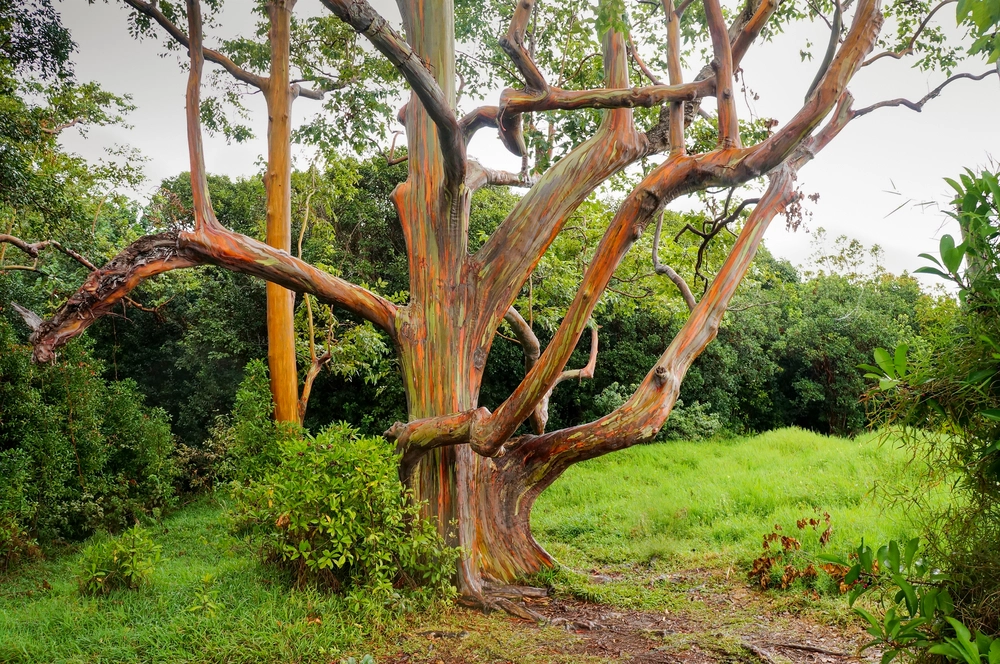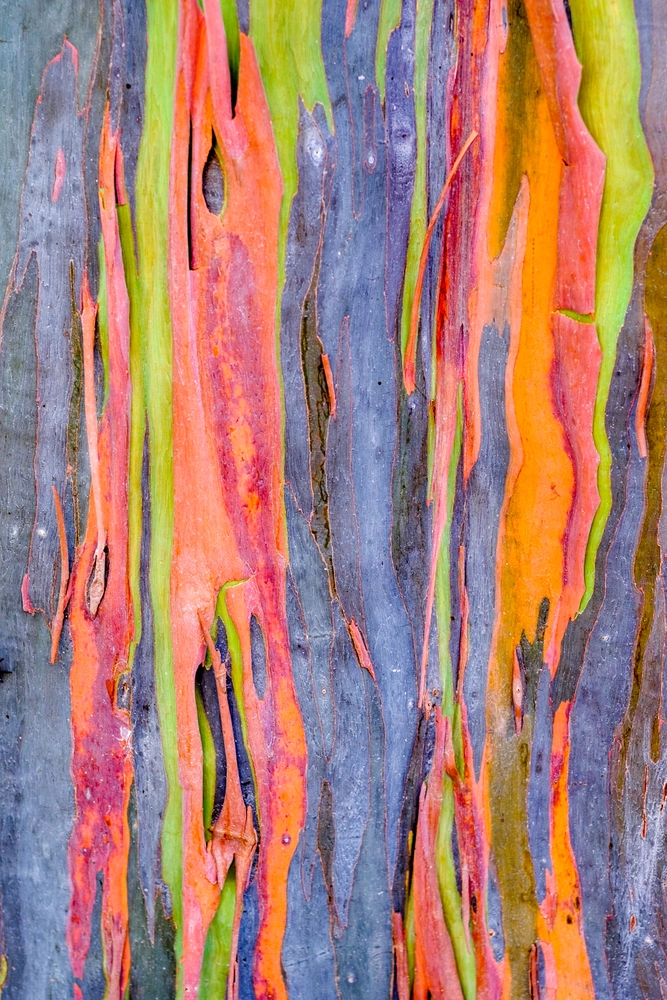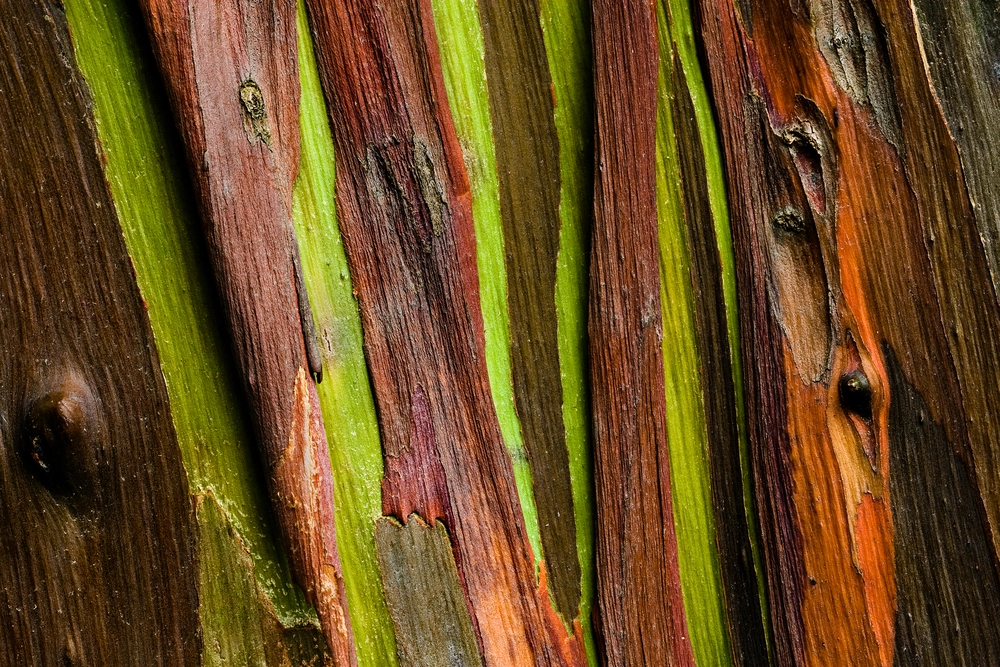
The rainbow trees


You did not doubt that nature was amazing, … but did you know its artistic talent? The proof with its multicolored trees, growing in the Philippines, named rainbow trees.
Judging by the multi-colored appearance of the tree trunks, one might think that the wood was the scene of a battle of paintings or an artistic challenge between painters. It is nothing, these colors, as diverse and vivid as they are, are natural, and characteristic of the Eucalyptus Deglupta, also called Eucalyptus rainbow.


This particular species is native to the Island of Mindanao, in the Philippine archipelago. It is also found naturally in various regions of the world in the northern hemisphere such as New Britain, New Guinea, Seram and Sulawesi where it is grown for paper production. It is a natural species that thrives in tropical forests, heavily watered by rain.



It is a set of islands grouped in the same maritime region.
It is the protective layer of plants. Kind of like our skin.
Eucalyptus trees have the particularity of shedding their bark in shreds and randomly. By peeling, the tree reveals light green areas as time goes by, the color evolves towards green, blue, orange, red and brown. This phenomenon being purely random, the trunks give the impression of being a patchwork of multicolored bark.

Furthermore, no tree is the same. It is this peculiarity to peel which gave it its name: degluptere in Latin, means “to peel”.
If you feel like it, seeds are available in certain specialized garden centers. These trees do not support temperatures below -2 ° C, the banzai version will certainly be suitable for more temperate climates.
Here is, in any case, a beautiful example where nature plays the painters, for the pleasure of our eyes.
Copyright © 2023 | CurioKids.net - All rights reserved